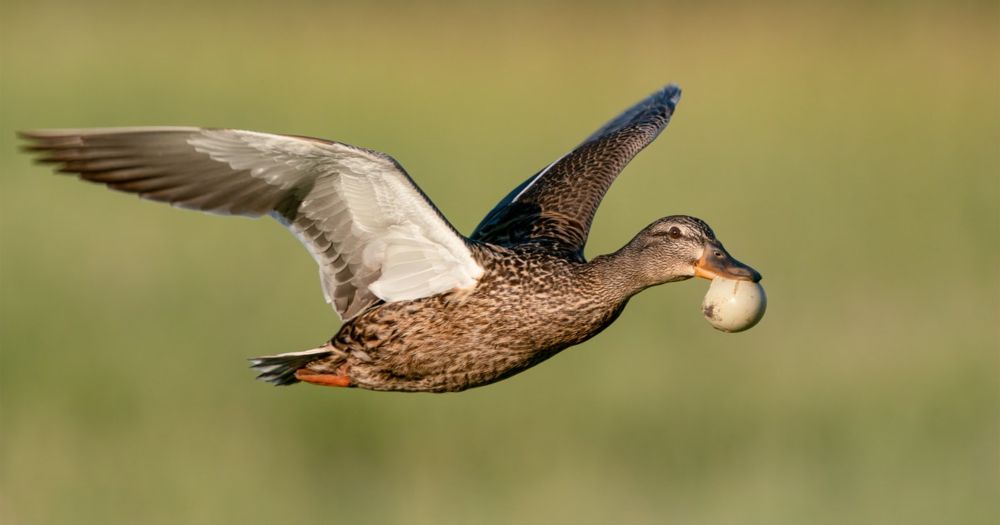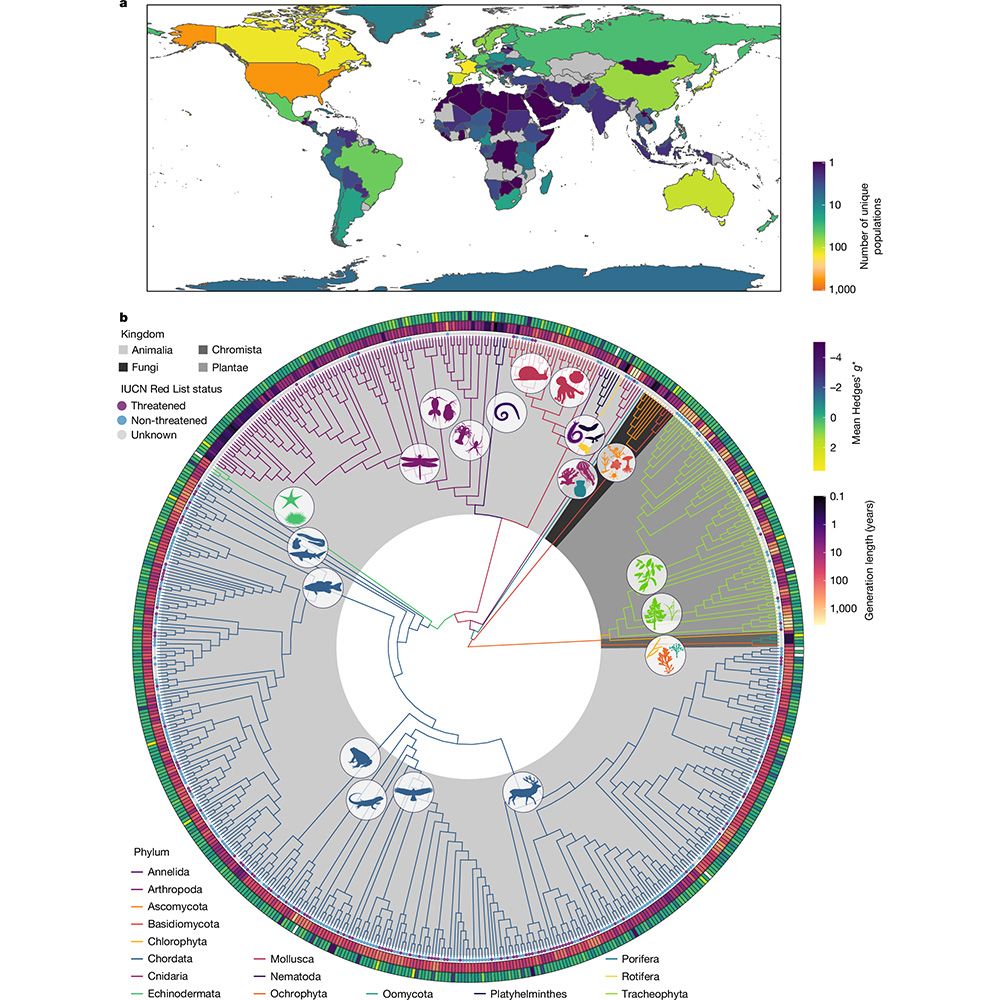Hui Zhen Tan
@huizhentan.bsky.social
73 followers
160 following
10 posts
doctoral candidate @ Santure group, University of Auckland 👩🏻🎓
conservation genomics 🐦🧬
& birdwatcher/photographer 📷
Posts
Media
Videos
Starter Packs
Reposted by Hui Zhen Tan
Reposted by Hui Zhen Tan
Reposted by Hui Zhen Tan
Reposted by Hui Zhen Tan
Reposted by Hui Zhen Tan
Reposted by Hui Zhen Tan
Hui Zhen Tan
@huizhentan.bsky.social
· Sep 3
Hui Zhen Tan
@huizhentan.bsky.social
· Sep 3
Hui Zhen Tan
@huizhentan.bsky.social
· Sep 3

High Imputation Accuracy Can Be Achieved Using a Small Reference Panel in a Natural Population With Low Genetic Diversity
Genotype imputation, the inference of missing genotypes using a reference set of population haplotypes, is a cost-effective tool for improving the quality and quantity of genetic datasets. Imputation...
onlinelibrary.wiley.com
Reposted by Hui Zhen Tan
Reposted by Hui Zhen Tan
Reposted by Hui Zhen Tan
Reposted by Hui Zhen Tan
Hui Zhen Tan
@huizhentan.bsky.social
· Aug 5
Hui Zhen Tan
@huizhentan.bsky.social
· Aug 5
Hui Zhen Tan
@huizhentan.bsky.social
· Aug 5
Hui Zhen Tan
@huizhentan.bsky.social
· Aug 5

A high-density linkage map reveals broad- and fine-scale sex differences in recombination in the hihi (stitchbird; Notiomystis cincta) - Heredity
Heredity - A high-density linkage map reveals broad- and fine-scale sex differences in recombination in the hihi (stitchbird; Notiomystis cincta)
doi.org
Reposted by Hui Zhen Tan









